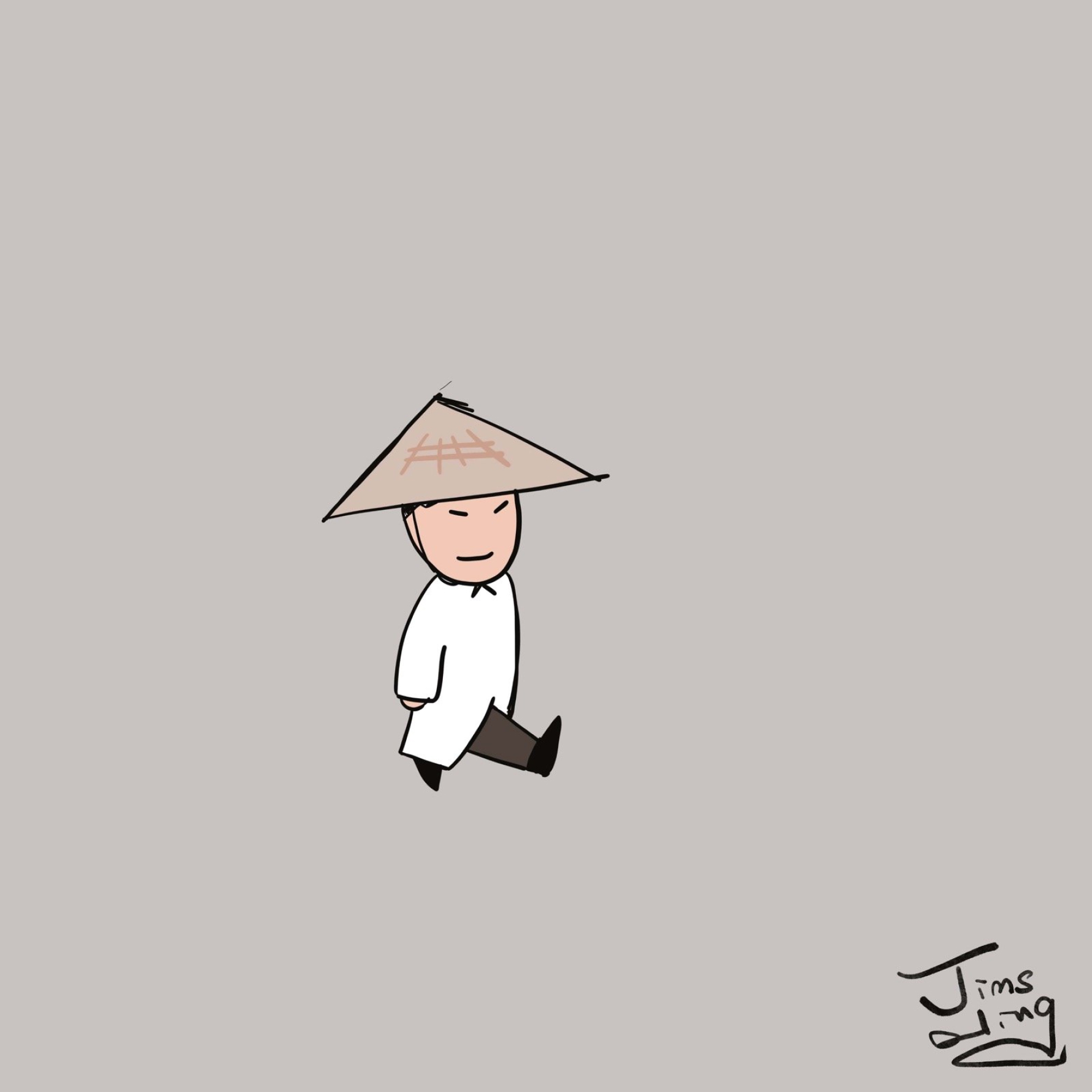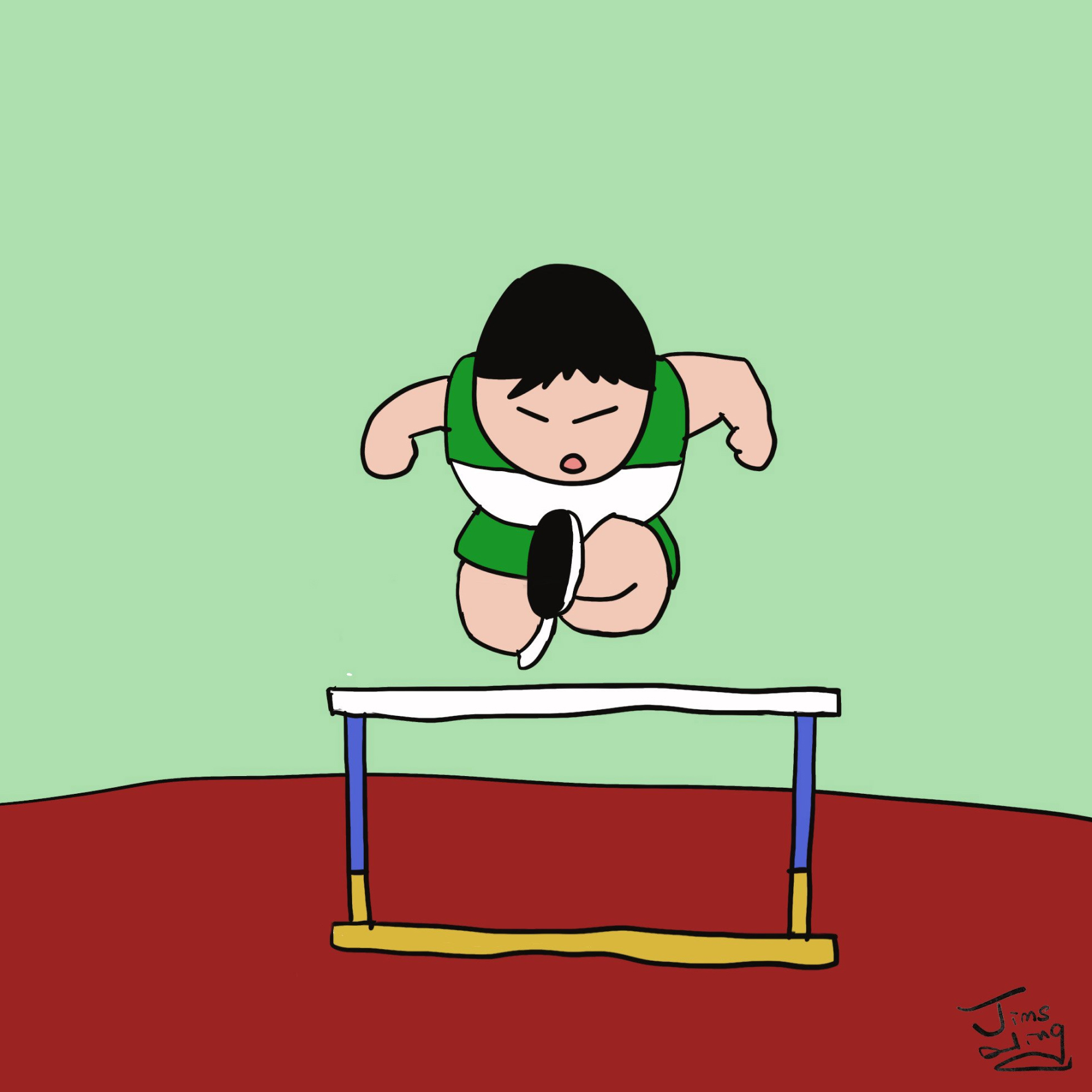Welcome aboard to the DIY trademark registration journey. As a newcomer, you need to learn quickly from your internet surfing, and “trademark classes” would definitely be the first keywords encountered. The below questions would then probably follow: –
What are trademark classes and terms?
How many trademark classes are there?
What are the differences between trademark goods and services classes?
Where can I find a list of trademark classes (for example, trademark classes UK list)?
What trademark class(es) do I need?
Here we try to address some of your concerns and provide you with a handful of practical tips!
Table of Contents
ToggleWhat are trademark classes and terms?
You TRADE so you TRADEMARK! Trademarks are meant to protect your business operation by barring others from using the same/ similar trade name in their businesses, which will create confusion among the average customers. Conversely speaking, if others register an “ABC” mark only for shoe retailing, it is quite unfair if you are not allowed to use an “ABC” mark for bread and bakery business, simply because the customers would unlikely be confused.
Trademark classes and terms are therefore designed to provide both the trademark registries and applicants quick and general guidance on whether a certain good or service will be considered similar to each other. For example, both hats and socks fall in class 25. If John and Mary both file an “ABC” mark covering hats and socks respectively, the late trademark filing would likely be blocked by the earlier one (See also Relative Grounds for Refusal of Registration of Trademark).
The above is of course only an over-generalization of the trademark classification systems, and you have to learn much more about the details of each jurisdiction before you can comprehensively protect your commercial interests by picking the right trademark classes.
How many trademark classes are there?
CURRENTLY, there are 45 trademark classes. But why do we emphasize “CURRENTLY” here?
In fact, there is a technical term for trademark classes and terms called “International Classification of Goods and Services under the Nice Agreement” or simpler, “Nice Classification”. At the very beginning, the Nice Classification was revised every five years. With the rapid changes in our modern commercial world, Nice Classification has been minorly adjusted every year since 2013. After 2021, there will be a new edition of the Nice Classification every three years (instead of five years).
When we first plied our trade on trademark, there were only 42 trademark classes. Therefore, it would not be surprising at all if soon will we have the 46th or more trademark class. For example, thanks to Steve Jobs we now have a new necessity called “mobile APP”. At present, if you would like to develop your own APP, you have to apply for a few classes covering “software products, online wholesaling and retailing of products, online chatroom, software developing services” etc. This not only raises the difficulties of picking the right trademark classes (especially for novices) but also significantly increases the trademark registration costs. It would be welcomed news if there is a new class covering mobile APPs.
Incidentally, we also bring out here the concept of “Reclassification”. This is because trademark registration is naturally classified in accordance with the prevailing trademark classes and terms, with the changes in Nice Classification, for example, retailing service is now covered by class 35 but was covered by class 42 in the previous edition, your trademark registration might be requested for reclassification.
What are the differences between trademark goods and services classes?
You may have heard that trademarks are divided into goods and services classes. In the prevailing 12th edition of the Nice classification, classes 1 to 34 are goods classes while Classes 35 to 45 are service classes.
Sometimes it is not straight forward to distinguish the differences between trademark goods and service classes. Take mobile APP again as an example, the mobile APP itself is a good but the development of the same would be a service. If you do not develop the APP yourself, you may not need to apply for the trademark service class. That being said, it is hard to imagine if you are not involved in contributing your genius ideas to the APP development and securing trademark classes may sensibly extend your trademark protection if the budget allows.
Trademark goods and services classes sometimes may make all the differences as well. For example, when come to non-use revocation, commercial use of services outside Hong Kong will still qualify as “use” of a registered Hong Kong services trademark. However, commercial use of goods outside Hong Kong will not qualify as “use” of a registered Hong Kong goods trademark.
Where can I find a list of trademark classes (for example, trademark classes UK list)?
It is not difficult to find a list of trademark classes. For example, trademark classes UK list is as follows: –
https://www.search-uk-trade-mark-classes.service.gov.uk/searchclasses
For convenience’s sake, we set out the following links for your easy reference:-
United States: https://idm-tmng.uspto.gov/id-master-list-public.html
Europe: http://euipo.europa.eu/ec2/
Singapore: https://digitalhub.ipos.gov.sg/FAMN/eservice/IP4SG/MN_TmIcgsSearch
Australia: https://tmgns.search.ipaustralia.gov.au/
What trademark class(es) do I need?
You must first realize that choosing trademark classes is a dilemma. On one hand, filing your trademark in more trademark classes would extend your protection. On the other hand, the more trademark classes you filed, the higher the overall costs for your trademark registration. Costs is always a constraint and filing your trademark in a cost-effective manner is obviously preferrable. Trasomark is always there to help.
We also set out some relevant scenarios here to highlight the importance of professional assistance: –
1. While legal services fall in class 45 and translation services fall in class 41, “legal translation services” should then be covered by which class?
2. Different classification systems adopted across various jurisdictions: –
l China adopts a subgroup system in addition to the general classification;
l Canada has only adopted the prevailing trademark classification system since 2019.
3. Cutting off some trademark classes or selected items in accordance with pre-application searches may save you a lot of time and costs in the future.
Learning more about trademark classes is fundamental to your DIY trademark journey. Hopefully, you now understand more about
(i) what are trademark classes and terms;
(ii) How many trademark classes are there;
(iii) What are the differences between trademark goods and services classes;
(iv) Where can I find a list of trademark classes (for example, trademark classes UK list); and
(v) What trademark class(es) do I need?









